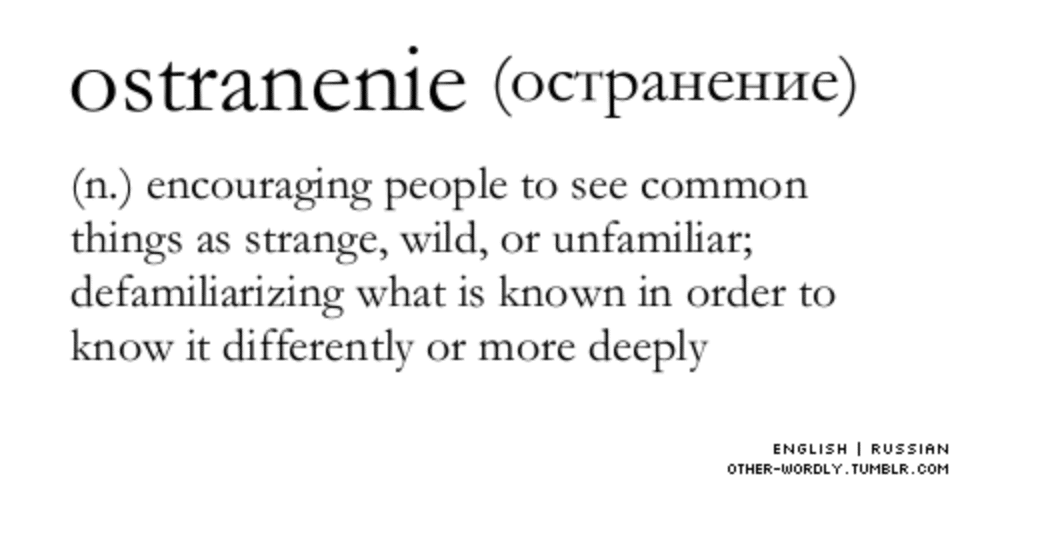Ostranenie: A Fantastic Russian Word
Learn to pronounce ostranenie and impress your friends with your accent as well as with this cool word.
And what a concept … to learn to re-see, as if with new eyes, those things our eyes think they know so well, they no longer see them at all.
To find wonder again and again in the way our sister-in-law calls company in for dinner without the least hint of anxiety, exhaustion, or sense of the extraordinary event.
To learn anew about the people we think we know best.
A woman runs away from home to find home
A trope of the last two generations is a woman — economically more self-sufficient than in prior decades — leaving her marriage to “find herself” for the first time.
Perhaps she had never lived alone.
Perhaps she was raised by parents who themselves had subscribed to earlier ideas about gender roles, had prepared her, whether consciously or, more likely, because “it was in the water,” to put her needs second to those of her husband and children. She was drowning in meeting others’ needs.
Recently, the New York Times put its finger on a different kind of relationship crisis: so much physical and psychical togetherness that, again, it became hard for a married woman to find herself. The story suggested that apparently, again, led more by women than by men, a movement to live apart while remaining married and in an expressly loving relationship had a discernible uptick in 2021.
The “living apart together” trend had already been noticed by demographers with relation to older people who had been divorced or widowed, wanted to be in a relationship, but preferred to maintain independent households.
Between 2000 and 2019, the proportion of married couples who lived apart grew by 25%. And it began to rise again in 2021, possibly (the Times speculates) because of the pandemic and its concomitant rise in caregiving and schooling demands, alongside work, on wives and mothers.
The women the story profiled decided to live temporarily, and while remaining in contact with their husbands, in their own places, as one said, “remember[ing] who I am by myself, remember[ing] what I like doing by myself.”
Seeing the whole picture that has you in it
The two versions of women leaving home differ in clear ways.
One version is permanent, aims to sever relationship and the old sense of home; the other is temporary, maintains relationship, and includes a return. Its success as an experiment depends on ostranenie, remembering oneself, while being able to see anew both a loved one, and one’s relationship to (in these cases) him. It becomes urgent when your habitual ways of seeing and relating have obscured the emergent reality of the human being you live with.
How do you embrace and continue to commit to a picture unless you can see it first, and then keep seeing it as it changes?
The phenomenon of living apart together is of course only available to those who can make an expensive arrangement work economically. And not everybody has to move out to see their family member as if for the first time — an experience of ostranenie that can feel like permission for that person to be themselves and to keep on growing.
Valuing the commitment to allow the other person to continue to grow, and for roles to evolve and change, you need a jolt so that you can see the person you’ve seen 1,002 times, the 1,003rd time as if for the first.
Despite what they think, people don't already know.
Professionally, when you work with your clients, patients, or congregants, their families, and with the support groups you lead, you are continually working against their belief they already know who everyone else in the group is, that their existing judgments are true now and forever.
Powerful experiences work much more effectively and lastingly than mere verbal reminders.
When offered as an experience for families or groups dealing with serious illness, loss, or a life change such as the recognition of the need to recover from addiction, THE HUMAN JOURNEY actively moves participants into a state of ostranenie, both with respect to every other person in the group and — perhaps even more significantly — with themselves.
No, they don’t end up a freaked-out mess, not recognizing anyone and shattering into 1,000 shards! They see the vulnerability and fragility of each other person, the ways in which they are creating themselves in every moment. And they release a fixed sense of themselves in the process.
Thus, when they find home again, it is the one that grants the freedom to every other grieving, or struggling, or growing participant—to be who they are. And the group support they find there is offered to the person they are becoming, day by day.
Certification training to conduct THE HUMAN JOURNEY Experience will enable you to bring families and groups facing grief, serious illness, addiction, and other life transitions together. This tool sets them up to carry what they gained from the experience forward, into listening consistently to each other for values, supporting each other through loss and change from whatever each person’s spiritual perspectives may be, and finding meaning through hard times.
We are doing a limited number of public Conductor Trainings in 2023. Register here to be included. We limit spaces to allow for personal attention and mentoring.
May today be a day of seeing as if for the first time.
Related Posts
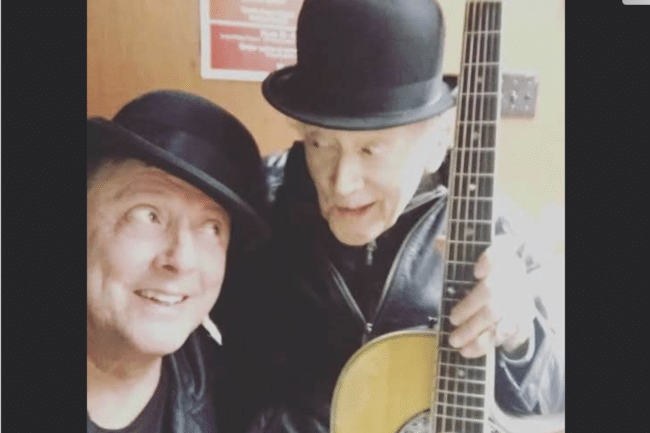
The Incredible Will to Sing
The will to make it to a loved one’s graduation or wedding, or to the birth of a new baby, somehow compels the body to obey the will. Stu Klitsner was going to sing at his only granddaughter’s wedding, come hell or high water.

The Chaplain’s Feet
Chaplains exercise their humanness with every patient or family member they meet. What are the parallels between the kind of presence chaplains bring in the spiritual realm and that of the dancer who sees her choreography and performance as a kind of chaplaincy?

Whacking a Gun
At the 2023 Parliament of the World’s Religions, blacksmiths from RAWTools demonstrated how they took guns that had been surrendered from a variety of sources and re-formed them into garden hand tools, making literal their mission and message of anti-violence. The organization takes literally the passage from the Book of Isaiah to “beat their swords into plowshares and their spears into pruning hooks.”
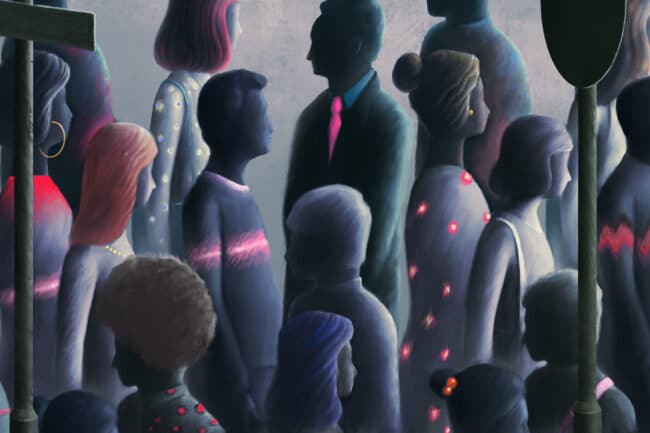
A Vaccine for Loneliness?
Public health has gotten bigger and bigger in recent decades. What was only thought of in the past as individual choices, like drug addiction, gun violence, or smoking crossed over to be thought of by many as social issues and, eventually, as matters of public health. With the Surgeon General’s report that came out in May, 2023, loneliness and isolation may assume their place alongside them as social epidemics.
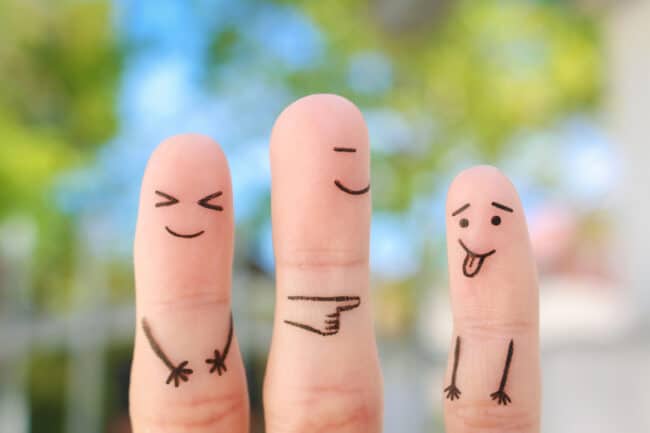
Grief on the Comedy Stage
Is it in supremely bad taste, or potentially healing in a social setting, to use death and dying as material on the American comedy stage? The post-pandemic fad of comedy shows that deal with what have been taboo topics is currently walking that line.
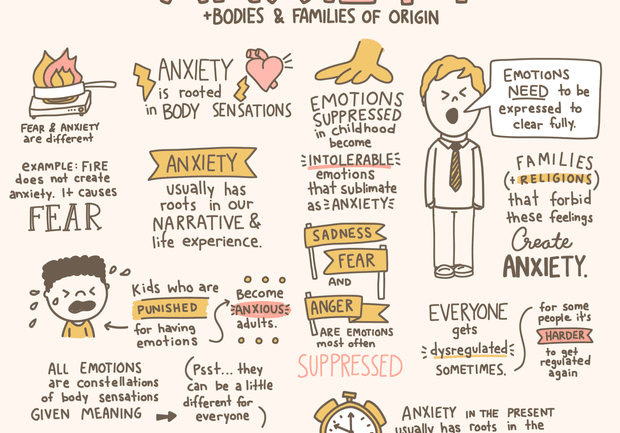
If You’re a Pro, You Gotta Have a Pro
Lindsay Braman’s example can open your mind about what sorts of both joy and utility you can create, simply by letting your own gifts out of the closet and using them in your work, in recognizing that, if a therapist/doodler can connect two passions, so can you.

